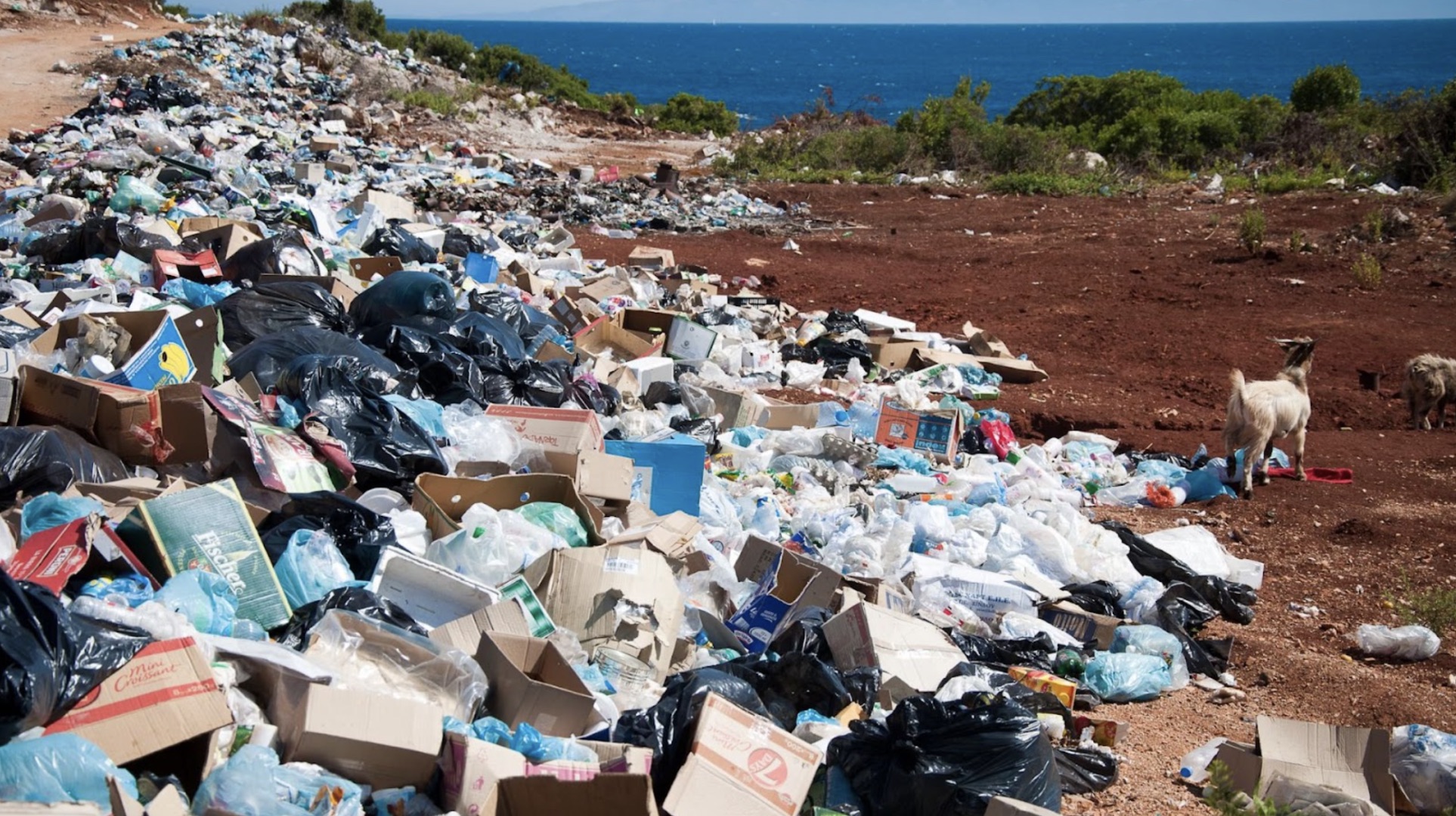Scientists have long warned us to dispose of our waste properly, as it can take years to break down and can be harmful to the planet.
The discovery of microplastics in the earth’s layers, some dating back hundreds of years, only serves as a further warning to humans to dispose of their waste correctly.
Microplastics Exist in Everything
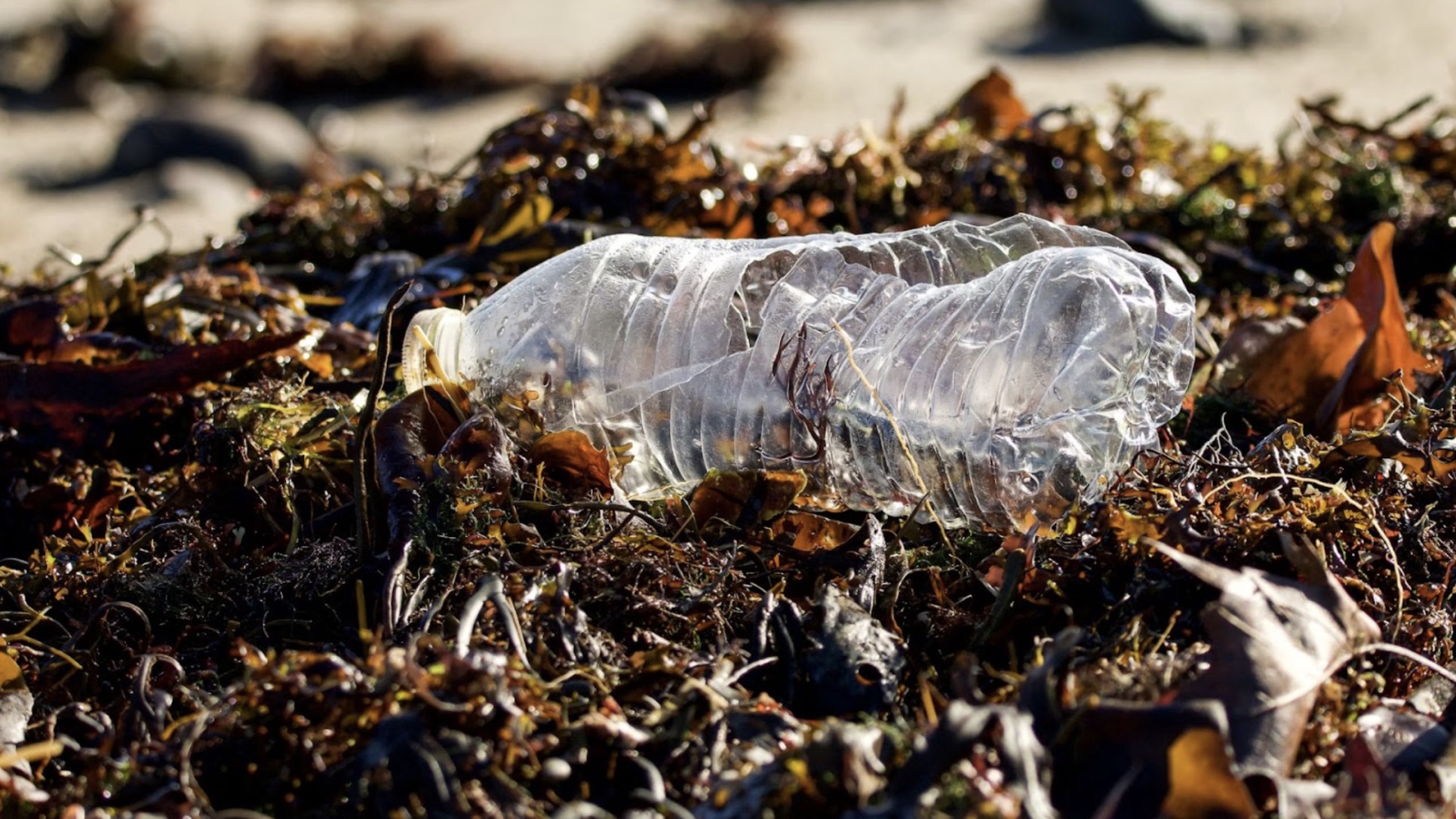
It can never be as simple as banning microplastics as they belong in everything.
According to National Geographic, microplastics are in jewelry, water bottles, drinking water, and even our bodies.
Humans Can Ingest Microplastics From the Air

For a long time, the main concern for humans ingesting microplastics has been from fish, as plastic is often dropped into the ocean.
However, National Geographic reports that humans are much more likely to ingest microplastics from the air than by consuming fish.
Microplastics Were Found in Places of No Human Activity
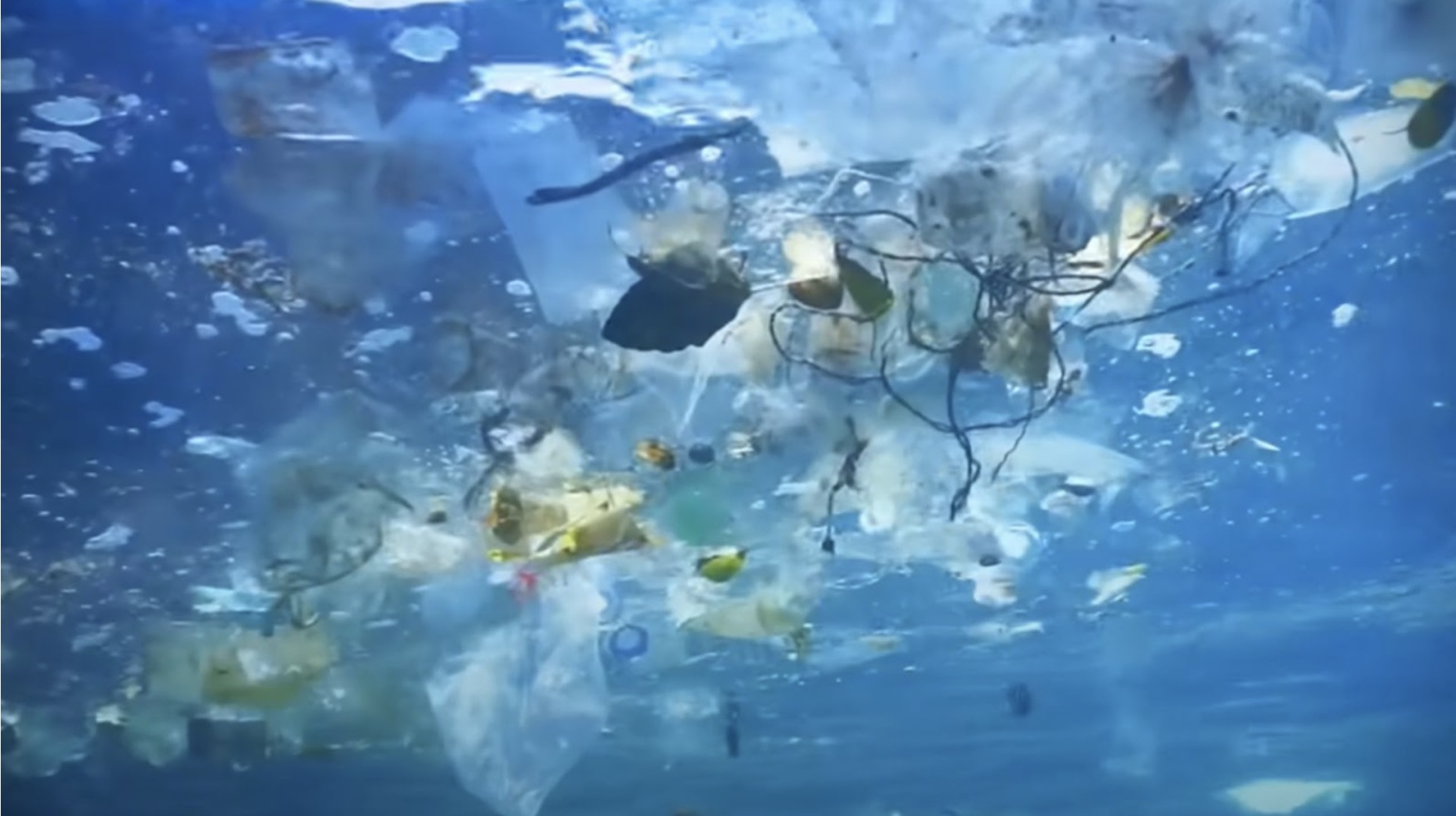
Microplastics exist in everything and can even be found in places without recorded human activity.
A study posted in Nature Journal found that microplastics have been found in the Arctic and have been ingested by marine life. The plastic has also been found to have a direct link to climate change.
The Microplastics Would Have Travelled There by Wind
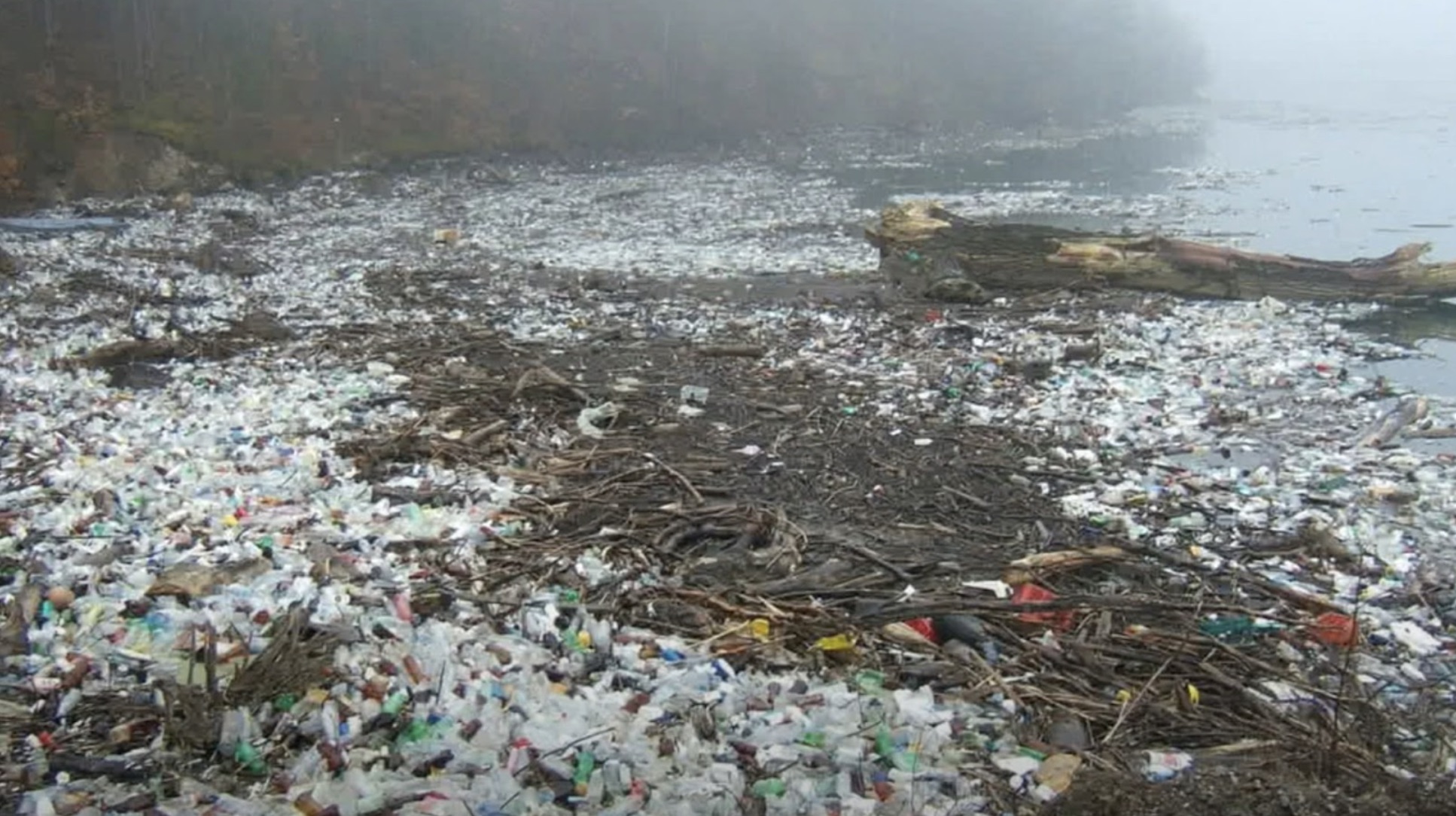
In places without human activity, it can often be difficult to determine how the microplastics got there.
In a study posted in The Cryosphere, scientists determined that winds could transport the microplastics up to 6000km from where they were initially disposed of.
A Study Looked at Sediment and Microplastics

Scientists studied the effects of microplastics on the earth in a study published in the Science Advances Journal in February 2024.
The study examined whether microplastics are one reason behind the delimitation of the Anthropocene Epoch.
The Anthropocene Epoch Measures Human Activity
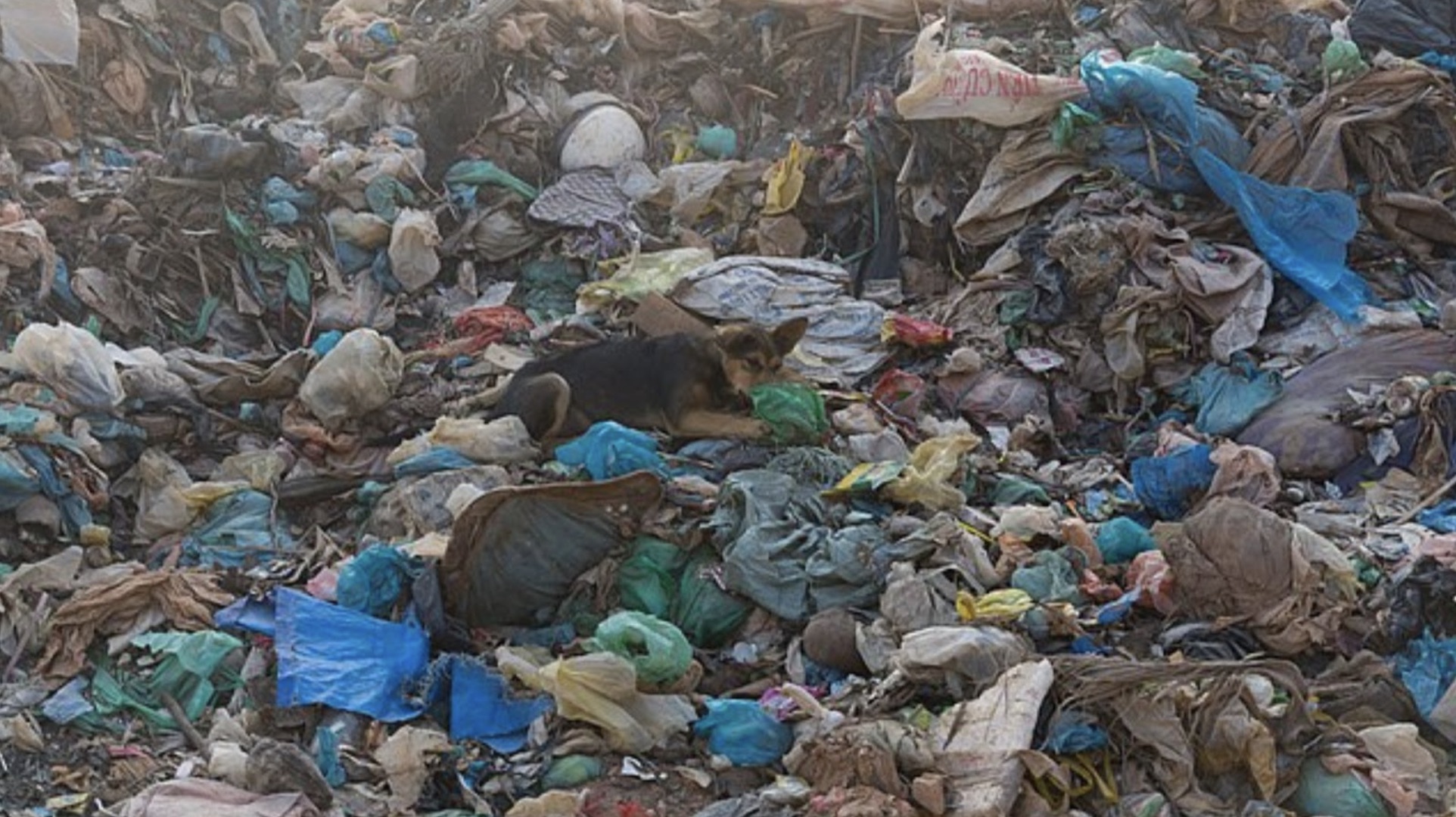
National Geographic states that the Anthropocene Epoch is an unofficial unit of geologic time that measures the impact of human activity on the earth.
Its main purpose is to examine when human activity first started impacting the earth and the effect this has had on the climate and ecosystems.
The Microplastics Date Back to the 1700s
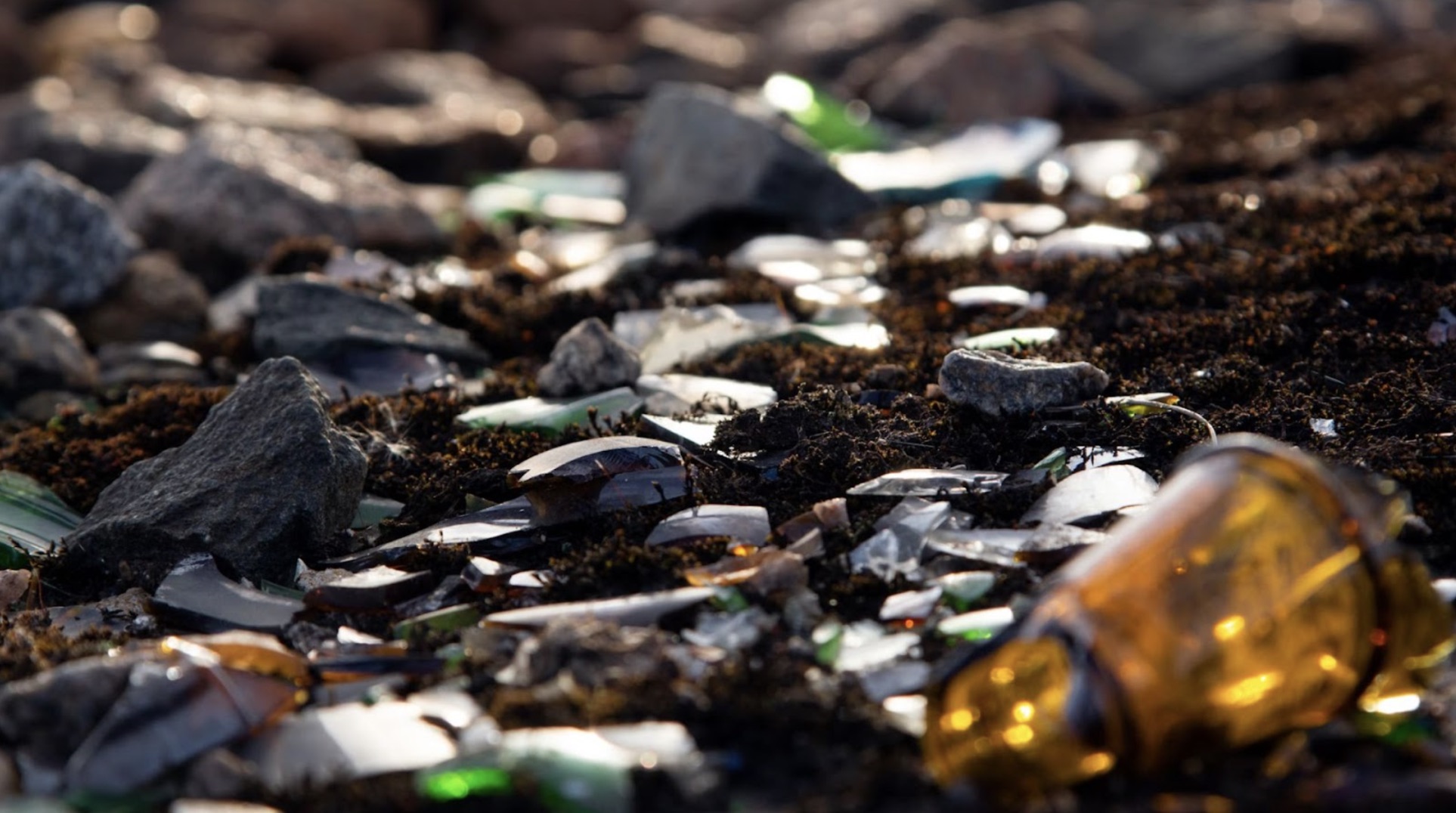
During the study, the scientists looked at sediment in lakes in the northeastern part of Europe.
This was where they discovered microplastics in the sediment that they believe to date back to as far as the 1700s.
Microplastics Aren’t Necessarily an Indication of the Anthropocene Epoch
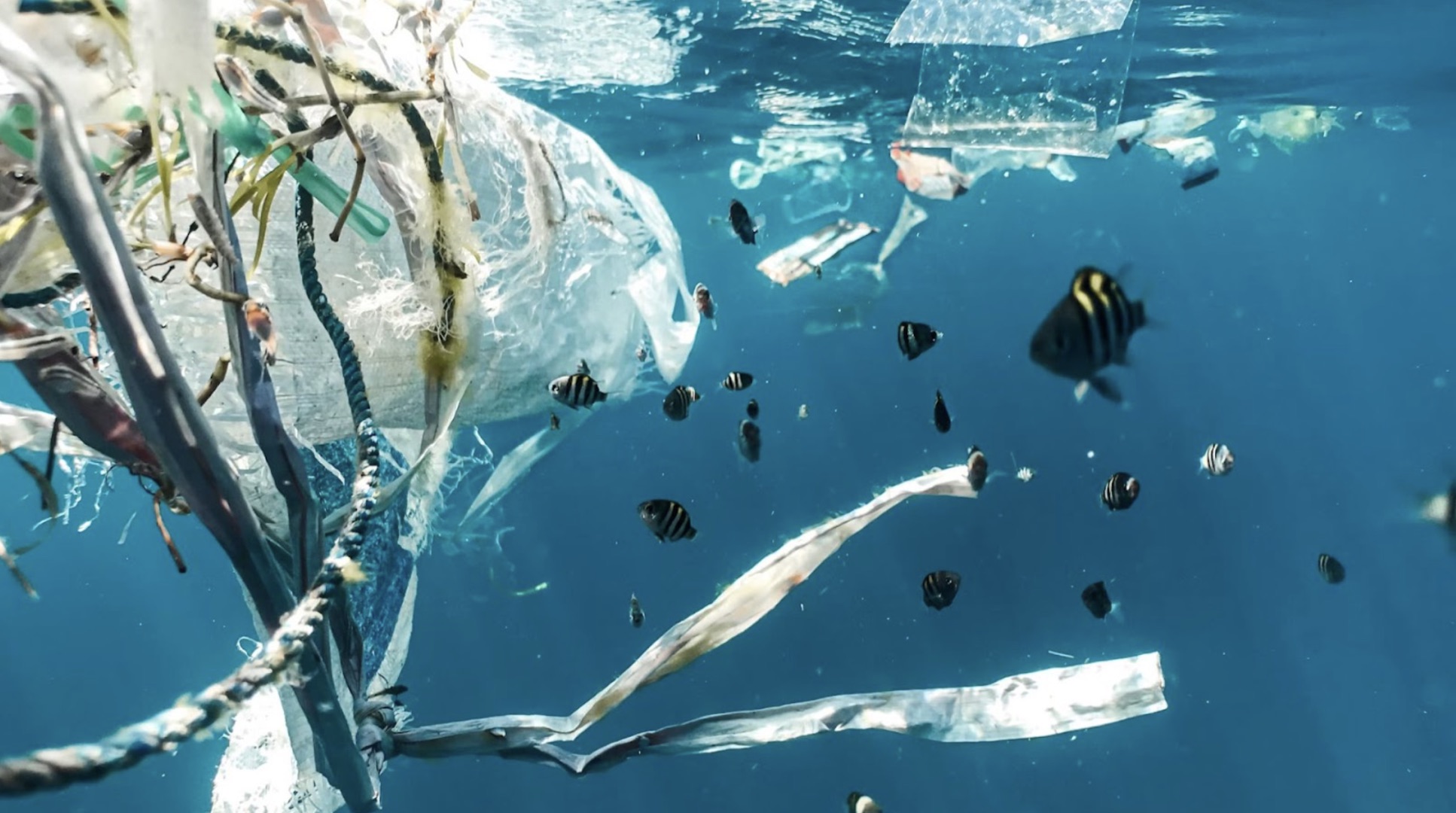
Despite the microplastics being found in the earth’s sediment, this isn’t necessarily an indication of the Anthropocene Epoch.
This means that the microplastics dating back to the 1700s aren’t necessarily an indicator of human activity impacting the earth from that moment in time.
The Anthropocene Epoch Started in 1950
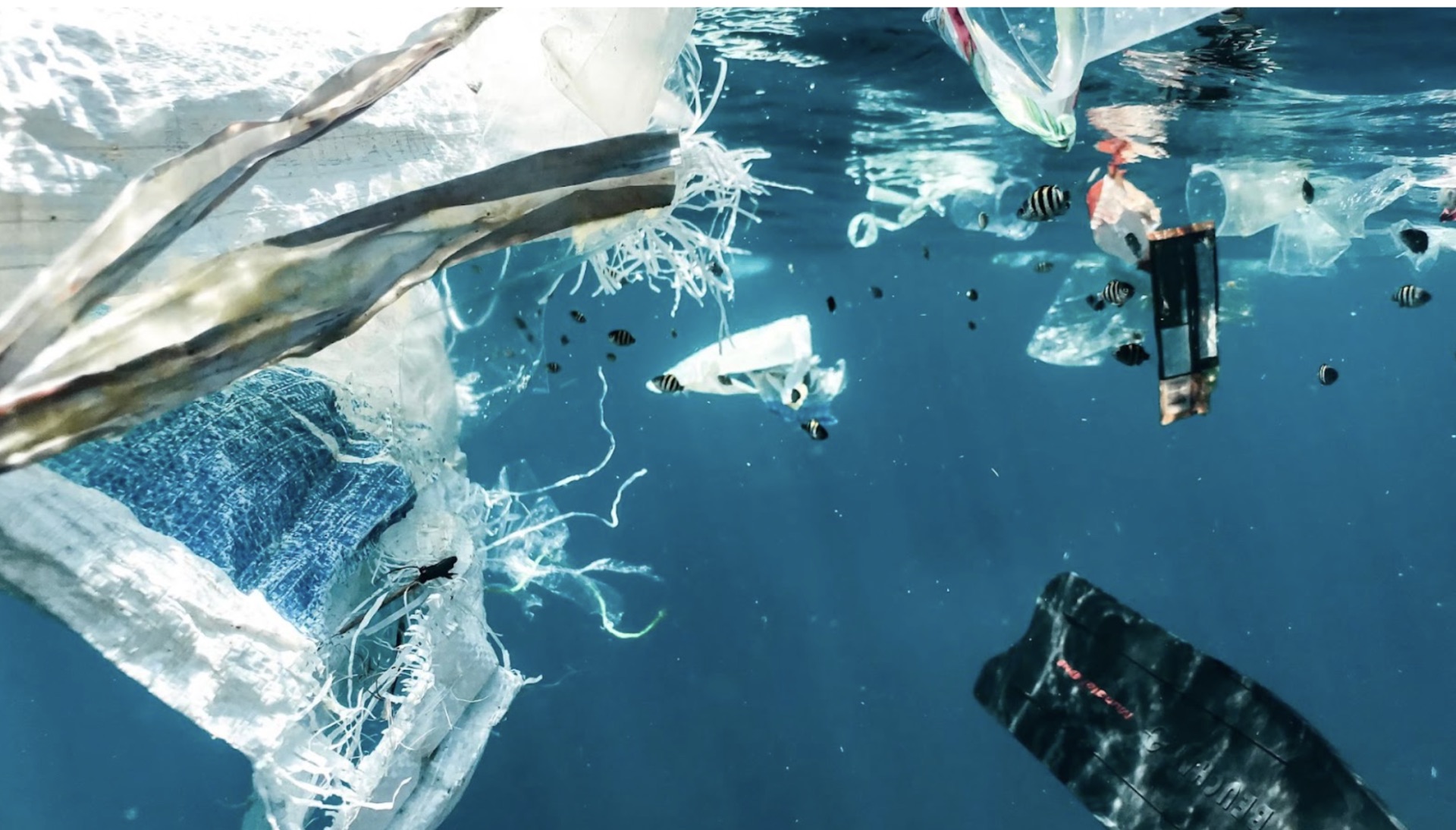
Scientists have long believed that the Anthropocene Epoch began in 1950.
According to Yahoo! News, this is because this is when scientists found human activity began having a big impact on the earth.
The Effects of Microplastics on Humans

As plastics are not meant to be in our bodies, this causes concern as to how harmful microplastics can be on our bodies.
However, a study posted in the Yonsei Medical Journal found that it is still unknown what, if any, the actual effects are on humans when ingesting microplastics.
Getting Rid of Microplastics From Human Consumption

As microplastics are known to be harmful to the earth with their links to climate change, scientists are currently looking at ways to solve the issue of microplastics in the environment.
Futurism has reported that scientists are investigating methods such as planting birch trees in polluted soil and water filters, but the best option is yet to be decided.
























